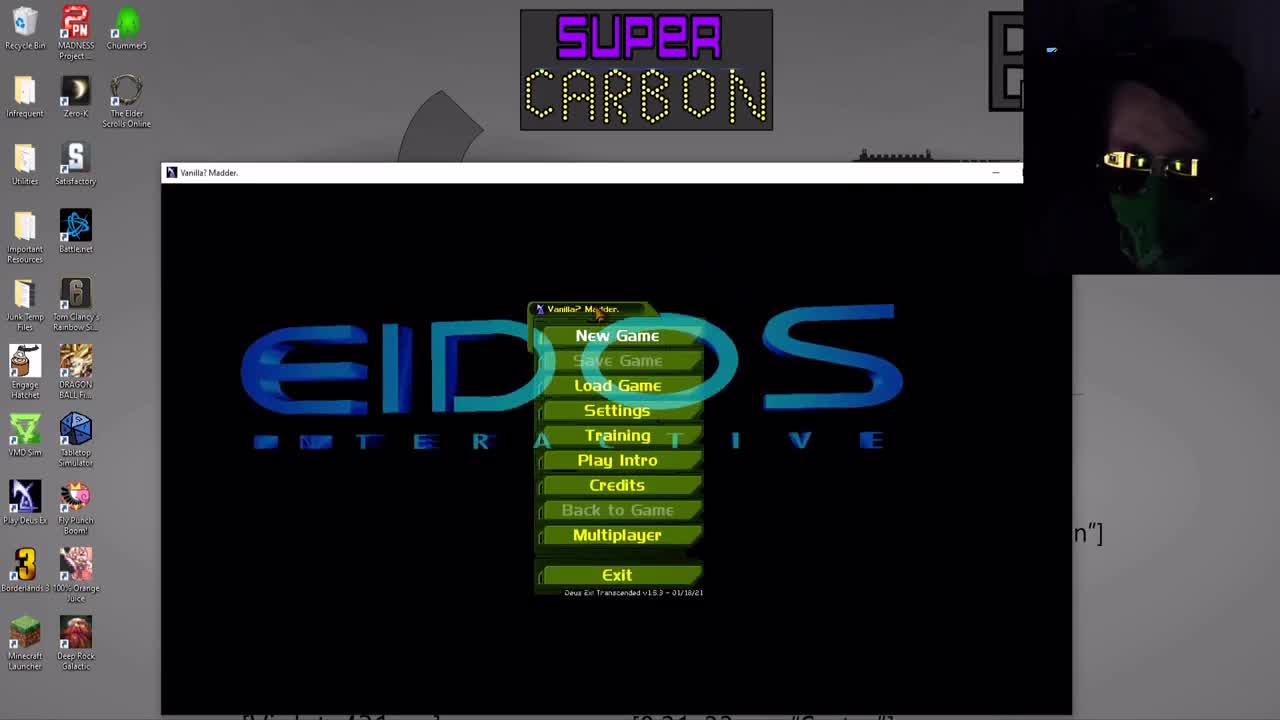

You can know where what is by typing "port contents netcdf". My macports installs things into /opt/local.
INSTALL VMD INSTALL
As the netcdf library has dependencies with hdf5 and zlib.I used macports to install this here. This step if optional, but if you want to have mdpocket support for NETCDF trajectories, then you’d need that. Last deploy the compiled library and headers to your system (not mandatory, you just need to figure out where the libtcl8.5.dylib and the tcl.h are located.Īfter the make install command you can define the TCLINC and TCLLIB environment variables: export TCLINC=/usr/local/include export TCLLIB=/usr/local/lib Else, for whatever reason, the configure script is run again, this time without your choice of compiler and it basically supersedes the choice you just did before. Run the make command with the explicit makefile. This will configure the makefile to use clang instead of gcc or cc. configure make -f Makefile sudo make install -f Makefile

Note VMD used the hard coded version of 8.5, so please stick to 8.5:Įxtract the source tar.gz into a folder of your choice cd tcl8.5.19/macosx CC=clang.
INSTALL VMD CODE
You can get the source code for tcl from here. Here i went for a self compiled tcl using clang and compiling the molfile plugin using clang as well. Your final result in the copiled/LINUXAMD64/molfile directory should look somehow like this : The commands above will build (the first gmake) and then copy to a common directory tree (PLUGINDIR) the compiled library files. cd plugins gmake LINUXAMD64 TCLINC=$TCLINC TCLLIB=$TCLLIB/libtcl.so export PLUGINDIR=/home/peter/molfile/compiled gmake distrib The following commands will be carried out in the plugins directory that you’ll find once you extracted the tar.gz downloaded from the VMD website.
INSTALL VMD HOW TO
How to build it on a Centos 7.4 ( for Mac OSX see below):įirst let’s install a few prerequisites on the system yum install -y tcl-devel netcdf-devel gcc-c++ĭefine the two following environment variables in your shell (I use bash here) export TCLINC=/usr/include export TCLLIB=/usr/lib64 export NETCDFINC=/usr/include export NETCDFLIB=/usr/lib64/libnetcdf.soĮxtract the tar.gz with the vmd source code. Anyway, for the sake of completeness you can find the current official documentation here: It’s pretty sparse and not straightforward to use and not very well adapted for modern linux distributions with package management systems. You can find the official plugin install documentation here. Here I’m documenting compilation of the molfile plugin included in vmd 1.9.3 Official documentation:

Make sure to download the source code distribution. You should download VMD from the official VMD website. So, the day you want to integrate a parser for yet another exotic file format that a PhD student in a lab on the other side of the world developed … well think twice and check if you rather could use a library like the molfile plugin.įor example, we now also use the molfile plugin in fpocket to read XTC, netcdf and dcd trajectories. And this is achieved using the molfile plugin. It can read a ton of different formats, especially very complicated and diverse MD trajectory formats. VMD is a very popular tool to analyze molecular dynamics, but also run some 3D modeling tasks.
INSTALL VMD 64 BIT
Here a step-by-step guide on how to do that on a linux 64 bit machine (Centos 7.4 in my case). I don’t know how many of you have hit that particular snag before, but it’s not my first time trying to compile the molfile plugin from VMD using the source code.


 0 kommentar(er)
0 kommentar(er)
